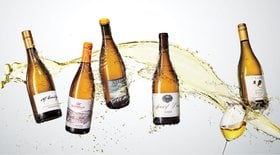What Does Chardonnay Taste Like? (Tasting Notes by Region)
Chardonnay is truly a “winemaker’s grape” as it’s easy to cultivate and can adapt to cool and warm climates.
The grape has a neutral, malleable character heavily influenced by the terroir it’s grown in, grape ripeness at harvest, and the use of oak in aging.
So, you’ll find a broad spectrum of styles from crisp and sparkling to rich, buttery wines from all around the world!
So, what does Chardonnay taste like?
In this article, we take a look at the primary and secondary flavors of Chardonnay. We also delve into the differences between a warm climate and a cool climate Chardonnay.
Further reading
- Discover All There is to Know About Chardonnay, including food pairings and best bottles to buy in 2022.
- Also, explore 10 of the Best White Wines available today.
What Does Chardonnay Taste Like?
Being such a popular grape variety, the wine region and production techniques give birth to a delightful range of tasting and aroma profiles.
Is Chardonnay Sweet?
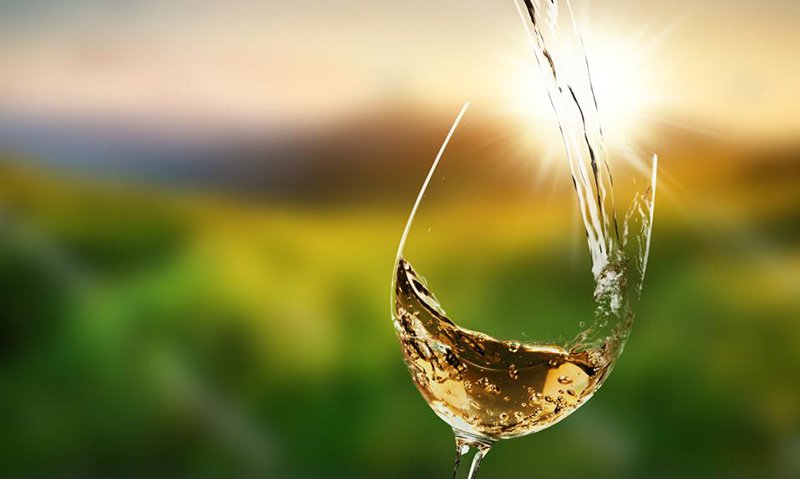
In general, Chardonnay is a medium to full-bodied dry wine with moderate tannins and acidity.
If you’re counting calories, here’s what you need to know:
Typically, a 5-ounce serving of Chardonnay white wine has 120 calories, and there are 625 calories in the typical 750ml bottle.
Let’s take a look at the taste profile of a glass of Chardonnay.
Primary Flavors In Chardonnay
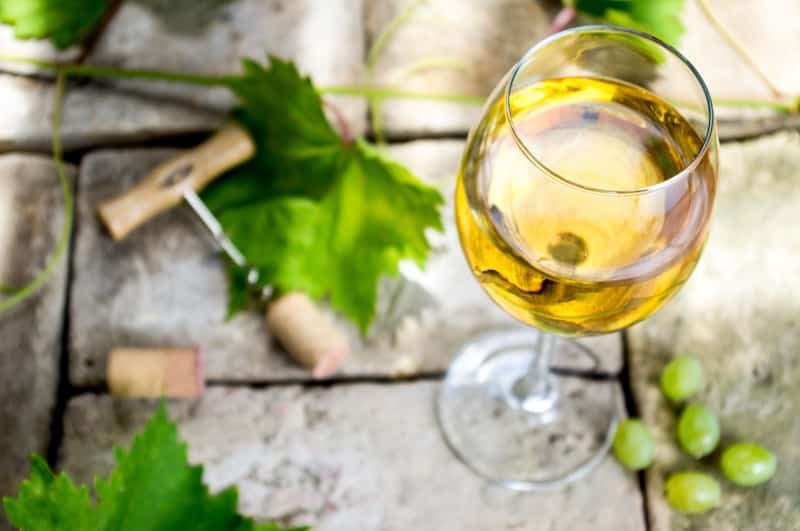
Typically, Chardonnay’s primary flavours swing from lemon zest and chalky minerality to baked apples and tropical fruit. These are referred to as the primary flavors because they derive directly from the grape.
There are two reasons this white wine has these primary flavours: climate and date of harvest.
The cooler the climate, the more citrus flavors develop in the grapes. The same applies to grapes harvested earlier - it's tasting notes build into a rich fruit flavor.
Secondary Flavors In Chardonnay

Chardonnay wine also has secondary flavors that develop during the winemaking process.
The first set of secondary flavors includes coconut, vanilla, and baking spices like cinnamon and nutmeg. They come from the use of oak. The use of oak also adds in an aroma of caramel, butterscotch, and toast.
What’s the difference between unoaked and oaked Chardonnay?
Unoaked Chardonnay is a wine that's aged in stainless steel barrels (or plastic tanks.) These wines will have a crisper consistency with bright citrus fruit flavors — similar to Pinot Grigio or Sauvignon Blanc.
But, if Chardonnay wine undergoes aging in an oak barrel, its flavor shifts dramatically.
It’ll have a creamier texture and buttery taste with hints of vanilla and spice.
Factors that affect the flavors and their intensity include the origin of the wood (French vs. American), the shape of the wood (barrels, chips, or staves), toast level, and length of time in contact with the oak.
That “buttery,” oily, creamy, smooth, or waxy character comes from Diacetyl - a byproduct of malolactic fermentation.
Malolactic fermentation is the second fermentation that gives this white wine an oily texture. It turns tart malic acid to smooth lactic acid. This process also creates a buttery aroma.
Since the Chardonnay grape is an excellent reflection of its terroir, it’s a natural blank canvas that allows the winemaker to express their signature techniques.
Let’s see how the terroir affects the Chardonnay grape.
Difference Between Cool Climate Chardonnay And Warm-Climate Chardonnay
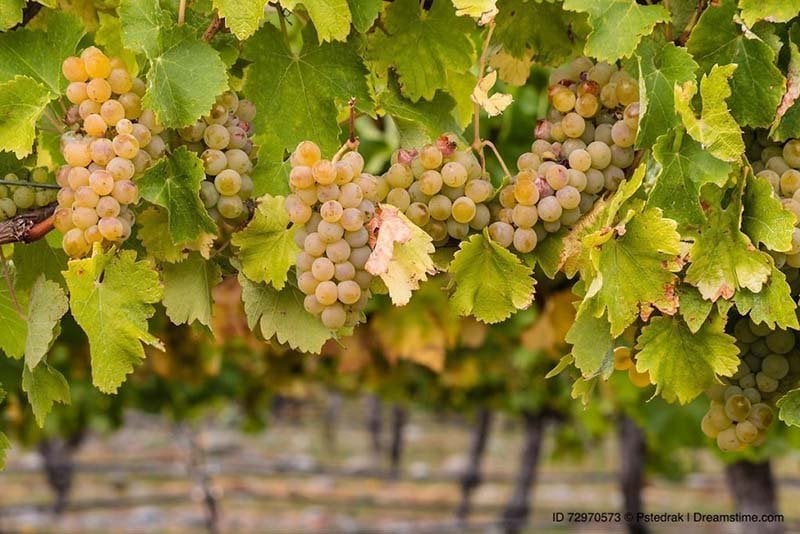
In general, a winery in a cooler climate (European countries, Canada, Australia, and New Zealand) typically produces a Chardonnay with more acidity, citrus flavors with mineral characters. They tend to be lighter-bodied, lighter in alcohol, and more elegant.
Warm-climate Chardonnay (Spain, Southern Italy, California, South Australia, and South Africa) typically has less acidity, with an abundant flavor of ripe fruit, stone fruit, and some tropical fruit flavors. Wines are usually fuller-bodied with higher alcohol.
The art of the winemaker is to capture that expression without obscuring it with too much oak or other techniques! Too much oak aging leads to a very buttery Chardonnay.
Let’s look at a few specific examples by breaking this down further into popular winemaking regions:
What Does Chardonnay Taste Like From Different Regions?
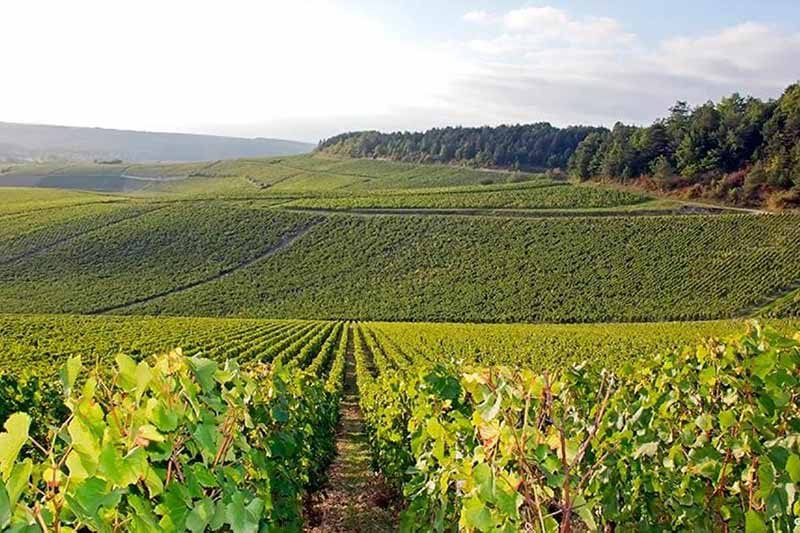
Check out the differences between Chardonnays from different wine regions:
- Chablis: Unoaked and the cold climate retains crisp acidity
- Cote de Beaune: Oaked, full-bodied, and luscious. They’re the most prized Chardonnays in France and therefore the most expensive.
- Maconnais: Ripe, plush fruit, good value wines
Champagne
- Chardonnay is the sole white grape in Blanc de Blanc Champagne. Pinot Noir and Pinot Meunier are two other popular grape varieties often used in sparkling wine.
California
- Sonoma, Santa Barbara, Napa Valley Chardonnay: California Chardonnay is oaked and undergoes malolactic fermentation, creating a buttery flavor and full-bodied white wine. Chardonnay is one of the most planted grapes in Napa Valley, followed by Pinot Gris.
New Zealand
- A Chardonnay from New Zealand is made in the traditional Burgundy style, but available at half the price.
Australia
- Cooler areas make the best Chardonnay. Australian Chardonnay has an outstanding balance of oak and good value.
Chardonnay has a higher alcohol content than the US standard for the average glass of wine, which is 12% ABV.
When produced in cooler climates like France, Chardonnay averages about 13.5% ABV. If the winery is located in warm climates like California, Chile, or South Africa, it'll be closer to 15% ABV.
Enjoy A Bottle of Heavenly Chardonnay Today!
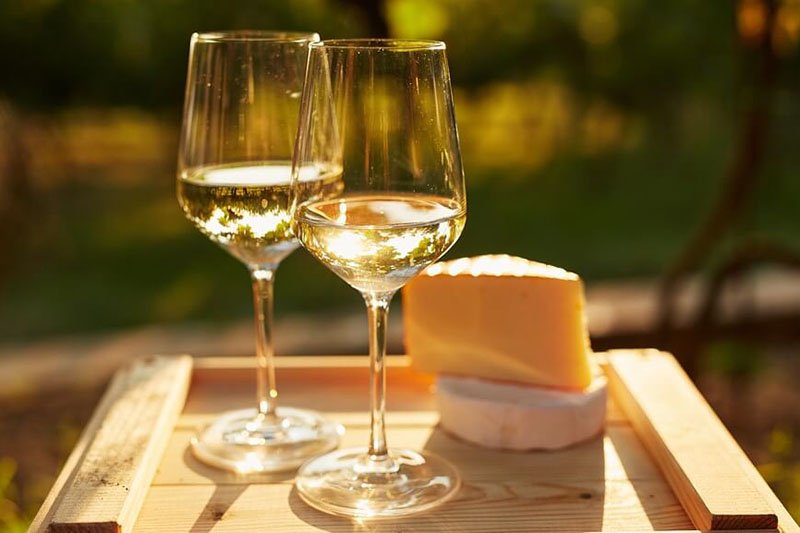
The resilient Chardonnay grape is found worldwide and offers various flavors depending on the region and winemaking techniques.
So if you’re a Chardonnay lover or not, you’ll find one for every palate and occasion.
To get hold of a fine, investment-worthy bottle, head over to the Vinovest website. This online wine investment platform offers you a safe, modern way to invest in coveted wine bottles, hassle-free!

